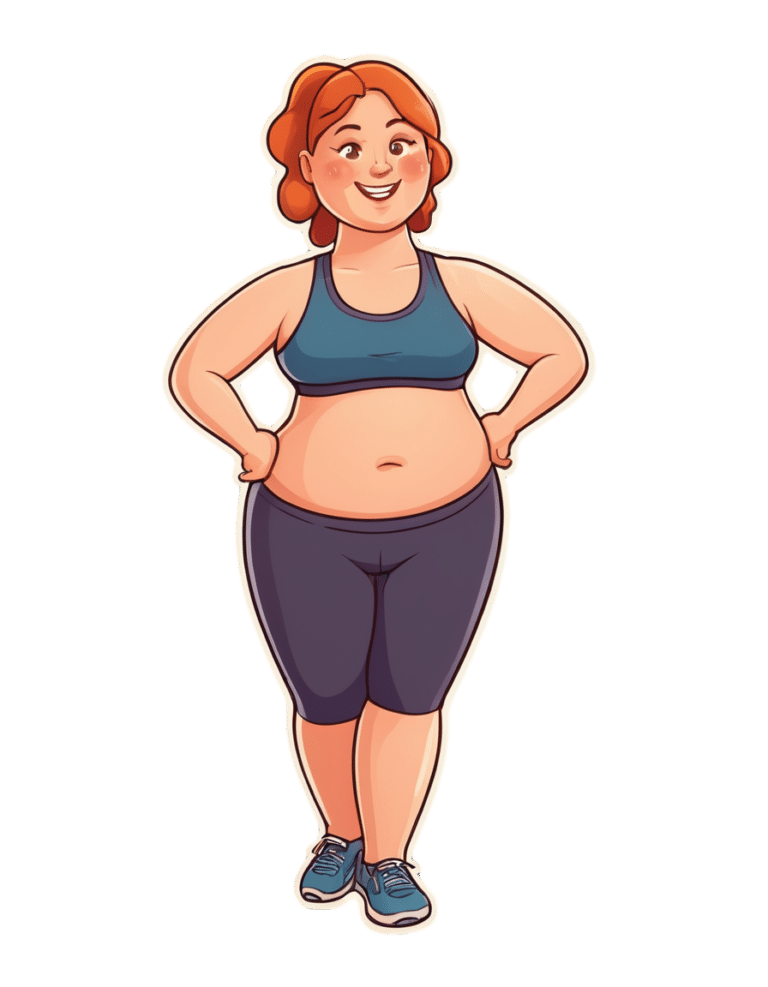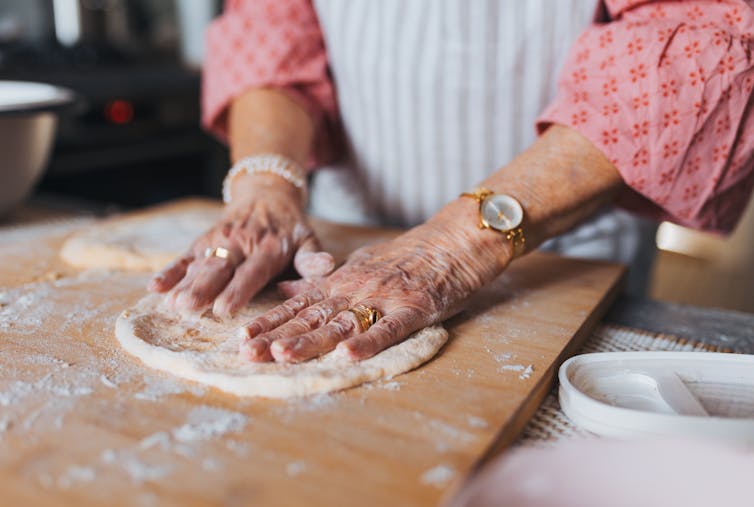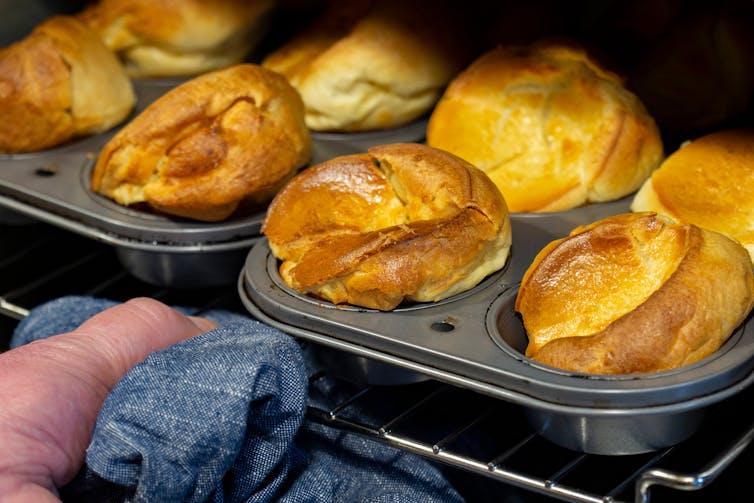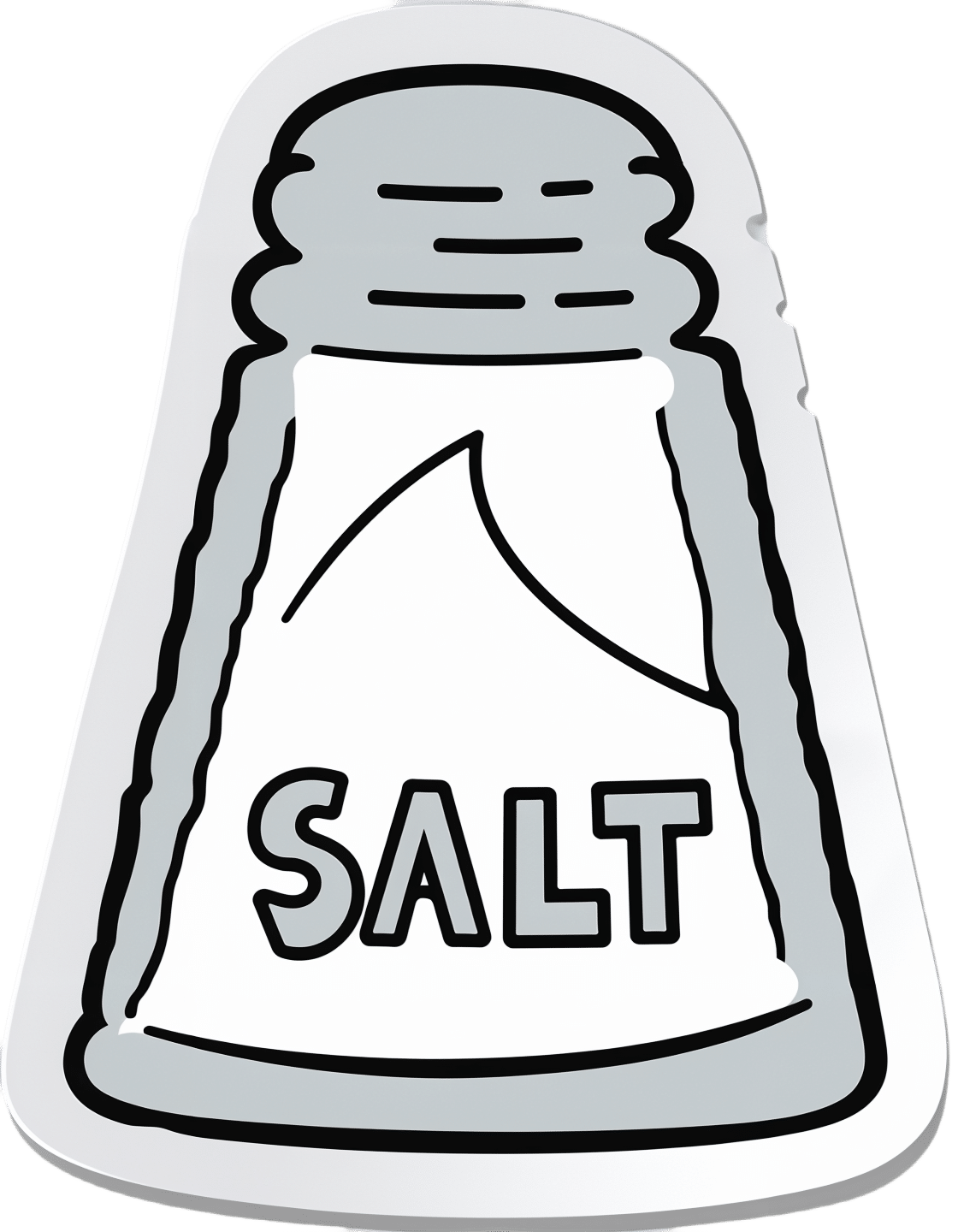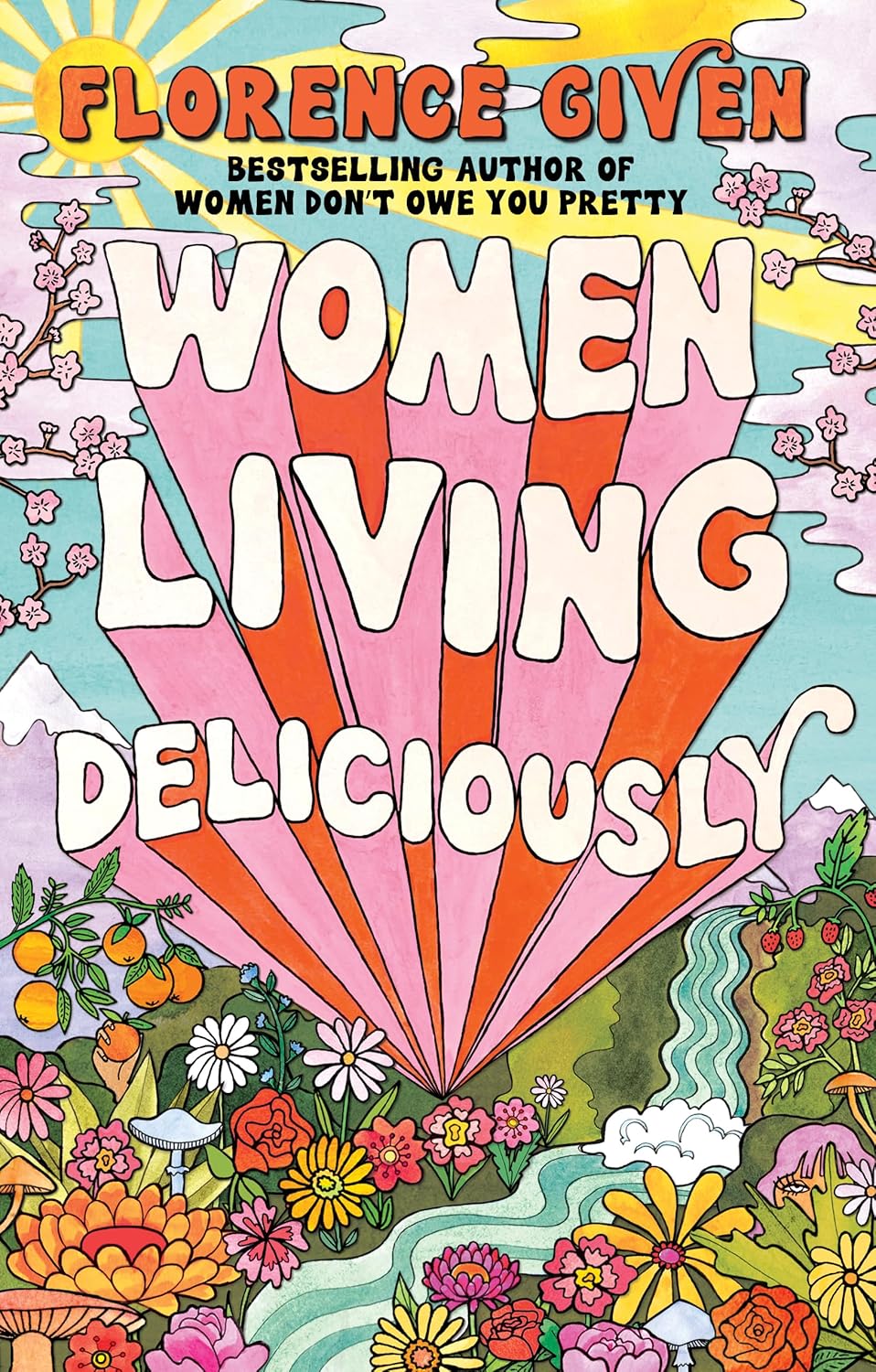
How To Reduce The Harm Of Festive Drinking (Without Abstaining)
10almonds is reader-supported. We may, at no cost to you, receive a portion of sales if you purchase a product through a link in this article.
How To Reduce The Harm Of Festive Drinking
Not drinking alcohol is—of course—the best way to avoid the harmful effects of alcohol. However, not everyone wants to abstain, especially at this time of year, so today we’re going to be focusing on harm reduction without abstinence.
If you do want to quit (or even reduce) drinking, you might like our previous article about that:
For everyone else, let’s press on with harm reduction:
Before You Drink
A common (reasonable, but often unhelpful) advice is “set yourself a limit”. The problem with this is that when we’re sober, “I will drink no more than n drinks” is easy. After the first drink, we start to feel differently about it.
So: delay your first drink of the day for as long as possible
That’s it, that’s the tip. The later you start drinking, not only will you likely drink less, but also, your liver will have had longer to finish processing whatever you drank last night, so it’s coming at the new drink(s) fresh.
On that note…
Watch your meds! Often, especially if we are taking medications that also tax our liver (acetaminophen / paracetamol / Tylenol is a fine example of this), we are at risk of having a bit of a build-up, like an office printer that still chewing on the last job while you’re trying to print the next.
Additionally: do indeed eat before you drink.
While You Drink
Do your best to drink slowly. While this can hit the same kind of problem as the “set yourself a limit” idea, in that once you start drinking you forget to drink slowly, it’s something to try for.
If your main reason for drinking is the social aspect, then merely having a drink in your hand is generally sufficient. You don’t need to be keeping pace with anyone.
It is further good to alternate your drinks with water. As in, between each alcoholic drink, have a glass of water. This helps in several ways:
- Hydrates you, which is good for your body’s recovery abilities
- Halves the amount of time you spend drinking
- Makes you less thirsty; it’s easy to think “I’m thirsty” and reach for an alcoholic drink that won’t actually help. So, it may slow down your drinking for that reason, too.
At the dinner table especially, it’s very reasonable to have two glasses, one filled with water. Nobody will be paying attention to which glass you drink from more often.
After You Drink
Even if you are not drunk, assume that you are.
Anything you wouldn’t let a drunk person in your care do, don’t do. Now is not the time to drive, have a shower, or do anything you wouldn’t let a child do in the kitchen.
Hospital Emergency Rooms, every year around this time, get filled up with people who thought they were fine and then had some accident.
The biggest risks from alcohol are:
- Accidents
- Heart attacks
- Things actually popularly associated with alcohol, e.g. alcohol poisoning etc
So, avoiding accidents is as important as, if not more important than, avoiding damage to your liver.
Drink some water, and eat something.
Fruit is great, as it restocks you on vitamins, minerals, and water, while being very easy to digest.
Go to bed.
There is a limit to how much trouble you can get into there. Sleep it off.
In the morning, do not do “hair of the dog”; drinking alcohol will temporarily alleviate a hangover, but only because it kicks your liver back into an earlier stage of processing the alcohol—it just prolongs the inevitable.
Have a good breakfast, instead. Remember, fruit is your friend (as explained above).
Want to know more?
Here’s a great service with a lot of further links to a lot more resources:
With You | How to safely detox from alcohol at home
Take care!
Don’t Forget…
Did you arrive here from our newsletter? Don’t forget to return to the email to continue learning!
Recommended
Learn to Age Gracefully
Join the 98k+ American women taking control of their health & aging with our 100% free (and fun!) daily emails:
-
5 dental TikTok trends you probably shouldn’t try at home
10almonds is reader-supported. We may, at no cost to you, receive a portion of sales if you purchase a product through a link in this article.
TikTok is full of videos that demonstrate DIY hacks, from up-cycling tricks to cooking tips. Meanwhile, a growing number of TikTok videos offer tips to help you save money and time at the dentist. But do they deliver?
Here are five popular dental TikTok trends and why you might treat them with caution.
1. Home-made whitening solutions
Many TikTok videos provide tips to whiten teeth. These include tutorials on making your own whitening toothpaste using ingredients such as hydrogen peroxide, a common household bleaching agent, and baking soda (sodium bicarbonate).
In this video, the influencer says:
And then you’re going to pour in your hydrogen peroxide. There’s really no measurement to this.
But hydrogen peroxide in high doses is poisonous if swallowed, and can burn your gums, mouth and throat, and corrode your teeth.
High doses of hydrogen peroxide may infiltrate holes or microscopic cracks in your teeth to inflame or damage the nerves and blood vessels in the teeth, which can cause pain and even nerve death. This is why dental practitioners are bound by rules when we offer whitening treatments.
Sodium bicarbonate and hydrogen peroxide are among the components in commercially available whitening toothpastes. While these commercial products may be effective at removing surface stains, their compositions are carefully curated to keep your smile safe.
2. Oil pulling
Oil pulling involves swishing one tablespoon of sesame or coconut oil in your mouth for up to 20 minutes at a time. It has roots in Ayurvedic medicine, a traditional medicine practice that originates from the Indian subcontinent.
While oil pulling should be followed by brushing and flossing, I’ve had patients who believe oil pulling is a replacement for these practices.
There has been some research on the potential of oil pulling to treat gum disease or other diseases in the mouth. But overall, evidence that supports the effectiveness of oil pulling is of low certainty.
For example, studies that test the effectiveness of oil pulling have been conducted on school-aged children and people with no dental problems, and often measure dental plaque growth over a few days to a couple of weeks.
Chlorhexidine is an ingredient found in some commercially available mouthwashes.
In one study, people who rinsed with chlorhexidine mouthwash (30 seconds twice daily) developed less plaque on their teeth compared to those who undertook oil pulling for eight to 10 minutes.Ultimately, it’s unlikely you will experience measurable gain to your oral health by adding oil pulling to your daily routine. If you’re time-poor, you’re better off focusing on brushing your teeth and gums well alongside flossing.
3. Using rubber bands to fix gaps
This TikTok influencer shows his followers he closed the gaps between his front teeth in a week using cheap clear rubber bands.
But this person may be one of the lucky few to successfully use bands to close a gap in his teeth without any mishaps. Front teeth are slippery and taper near the gums into cone-shaped roots. This can cause bands to slide and disappear into the gums to surround the tooth roots, which can cause infections and pain.
If this happens, you may require surgery that involves cutting your gums to remove the bands. If the bands have caused an infection, you may lose the affected teeth. So it’s best to leave this sort of work to a dental professional trained in orthodontics.
4. Filing or cutting teeth to shape them
My teeth hurt just watching this video.
Cutting or filing teeth unnecessarily can expose the second, more sensitive tooth layer, called dentine, or potentially, the nerve and blood vessels inside the tooth. People undergoing this sort of procedure could experience anything from sensitive teeth through to a severe toothache that requires root canal treatment or tooth removal.
You may notice dentist drills spray water when cutting to protect your teeth from extreme heat damage. The drill in this video is dry with no water used to cool the heat produced during cutting.
It may also not be sterile. We like to have everything clean and sterile to prevent contaminated instruments used on one patient from potentially spreading an infection to another person.
Importantly, once you cut or file your teeth away, it’s gone forever. Unlike bone, hair or nails, our teeth don’t have the capacity to regrow.
5. DIY fillings
Many people on TikTok demonstrate filling cavities (holes) or replacing gaps between teeth with a material made from heated moulded plastic beads. DIY fillings can cause a lot of issues – I’ve seen this in my clinic first hand.
While we may make it look simple in dental surgeries, the science behind filling materials and how we make them stick to teeth to fill cavities is sophisticated.
Filling a cavity with the kind of material made from these beads will be as effective as using sticky tape on sand. Not to mention the cavity will continue to grow bigger underneath the untreated “filled” teeth.
I know it’s easy to say “see a dentist about that cavity” or “go to an orthodontist to fix that gap in your teeth you don’t like”, but it can be expensive to actually do these things. However if you end up requiring treatment to fix the issues caused at home, it may end up costing you much more.
So what’s the take-home message? Stick with the funny cat and dog videos on TikTok – they’re safer for your smile.
Arosha Weerakoon, Senior Lecturer and General Dentist, School of Dentistry, The University of Queensland
This article is republished from The Conversation under a Creative Commons license. Read the original article.
Share This Post
-
Tastes from our past can spark memories, trigger pain or boost wellbeing. Here’s how to embrace food nostalgia
10almonds is reader-supported. We may, at no cost to you, receive a portion of sales if you purchase a product through a link in this article.
Have you ever tried to bring back fond memories by eating or drinking something unique to that time and place?
It could be a Pina Colada that recalls an island holiday? Or a steaming bowl of pho just like the one you had in Vietnam? Perhaps eating a favourite dish reminds you of a lost loved one – like the sticky date pudding Nanna used to make?
If you have, you have tapped into food-evoked nostalgia.
As researchers, we are exploring how eating and drinking certain things from your past may be important for your mood and mental health.
Halfpoint/Shutterstock Bittersweet longing
First named in 1688 by Swiss medical student, Johannes Hoffer, nostalgia is that bittersweet, sentimental longing for the past. It is experienced universally across different cultures and lifespans from childhood into older age.
But nostalgia does not just involve positive or happy memories – we can also experience nostalgia for sad and unhappy moments in our lives.
In the short and long term, nostalgia can positively impact our health by improving mood and wellbeing, fostering social connection and increasing quality of life. It can also trigger feelings of loneliness or meaninglessness.
We can use nostalgia to turn around a negative mood or enhance our sense of self, meaning and positivity.
Research suggests nostalgia alters activity in the brain regions associated with reward processing – the same areas involved when we seek and receive things we like. This could explain the positive feelings it can bring.
Nostalgia can also increase feelings of loneliness and sadness, particularly if the memories highlight dissatisfaction, grieving, loss, or wistful feelings for the past. This is likely due to activation of brain areas such as the amygdala, responsible for processing emotions and the prefrontal cortex that helps us integrate feelings and memories and regulate emotion.
How to get back there
There are several ways we can trigger or tap into nostalgia.
Conversations with family and friends who have shared experiences, unique objects like photos, and smells can transport us back to old times or places. So can a favourite song or old TV show, reunions with former classmates, even social media posts and anniversaries.
What we eat and drink can trigger food-evoked nostalgia. For instance, when we think of something as “comfort food”, there are likely elements of nostalgia at play.
Foods you found comforting as a child can evoke memories of being cared for and nurtured by loved ones. The form of these foods and the stories we tell about them may have been handed down through generations.
Food-evoked nostalgia can be very powerful because it engages multiple senses: taste, smell, texture, sight and sound. The sense of smell is closely linked to the limbic system in the brain responsible for emotion and memory making food-related memories particularly vivid and emotionally charged.
But, food-evoked nostalgia can also give rise to negative memories, such as of being forced to eat a certain vegetable you disliked as a child, or a food eaten during a sad moment like a loved ones funeral. Understanding why these foods evoke negative memories could help us process and overcome some of our adult food aversions. Encountering these foods in a positive light may help us reframe the memory associated with them.
Just like mum used to make. Food might remind you of the special care you received as a child. Galina Kovalenko/Shutterstock What people told us about food and nostalgia
Recently we interviewed eight Australians and asked them about their experiences with food-evoked nostalgia and the influence on their mood. We wanted to find out whether they experienced food-evoked nostalgia and if so, what foods triggered pleasant and unpleasant memories and feelings for them.
They reported they could use foods that were linked to times in their past to manipulate and influence their mood. Common foods they described as particularly nostalgia triggering were homemade meals, foods from school camp, cultural and ethnic foods, childhood favourites, comfort foods, special treats and snacks they were allowed as children, and holiday or celebration foods. One participant commented:
I guess part of this nostalgia is maybe […] The healing qualities that food has in mental wellbeing. I think food heals for us.
Another explained
I feel really happy, and I guess fortunate to have these kinds of foods that I can turn to, and they have these memories, and I love the feeling of nostalgia and reminiscing and things that remind me of good times.
Yorkshire pudding? Don’t mind if I do. Rigsbyphoto/Shutterstock Understanding food-evoked nostalgia is valuable because it provides us with an insight into how our sensory experiences and emotions intertwine with our memories and identity. While we know a lot about how food triggers nostalgic memories, there is still much to learn about the specific brain areas involved and the differences in food-evoked nostalgia in different cultures.
In the future we may be able to use the science behind food-evoked nostalgia to help people experiencing dementia to tap into lost memories or in psychological therapy to help people reframe negative experiences.
So, if you are ever feeling a little down and want to improve your mood, consider turning to one of your favourite comfort foods that remind you of home, your loved ones or a holiday long ago. Transporting yourself back to those times could help turn things around.
Megan Lee, Senior Teaching Fellow, Psychology, Bond University; Doug Angus, Assistant Professor of Psychology, Bond University, and Kate Simpson, Sessional academic, Bond University
This article is republished from The Conversation under a Creative Commons license. Read the original article.
Share This Post
-
How Too Much Salt May Lead To Organ Failure
10almonds is reader-supported. We may, at no cost to you, receive a portion of sales if you purchase a product through a link in this article.
Salt’s Health Risks… More Than Just Heart Disease!
It’s been well-established for a long time that too much salt is bad for cardiovascular health. It can lead to high blood pressure, which in turn can lead to many problems, including heart attacks.
A team of researchers has found that in addition to this, it may be damaging your organs themselves.
This is because high salt levels peel away the surfaces of blood vessels. How does this harm your organs? Because it’s through those walls that nutrients are selectively passed to where they need to be—mostly your organs. So, too much salt can indirectly starve your organs of the nutrients they need to survive. And you absolutely do not want your organs to fail!
❝We’ve identified new biomarkers for diagnosing blood vessel damage, identifying patients at risk of heart attack and stroke, and developing new drug targets for therapy for a range of blood vessel diseases, including heart, kidney and lung diseases as well as dementia❞
~ Newman Sze, Canada Research Chair in Mechanisms of Health and Disease, and lead researcher on this study.
See the evidence for yourself: Endothelial Damage Arising From High Salt Hypertension Is Elucidated by Vascular Bed Systematic Profiling
Diets high in salt are a huge problem in Canada, North America as a whole, and around the world. According to a World Health Organization (WHO) report released March 9, Canadians consume 9.1 grams of salt per day.
Read: WHO global report on sodium intake reduction
You may be wondering: who is eating over 9g of salt per day?
And the answer is: mostly, people who don’t notice how much salt is already in processed foods… don’t see it, and don’t think about it.
Meanwhile, the WHO recommends the average person to consume no more than five grams, or one teaspoon, of salt per day.
Read more: Massive efforts needed to reduce salt intake and protect lives
The American Heart Association, tasked with improving public health with respect to the #1 killer of Americans (it’s also the #1 killer worldwide—but that’s not the AHA’s problem), goes further! It recommends no more than 2.3g per day, and ideally, no more than 1.5g per day.
Some handy rules-of-thumb
Here are sodium-related terms you may see on food packages:
- Salt/Sodium-Free = Less than 5mg of sodium per serving
- Very Low Sodium = 35mg or less per serving
- Low Sodium = 140mg or less per serving
- Reduced Sodium = At least 25% less sodium per serving than the usual sodium level
- Light in Sodium or Lightly Salted = At least 50% less sodium than the regular product
Confused by milligrams? Instead of remembering how many places to move the decimal point (and potentially getting an “out by an order of magnitude error—we’ve all been there!), think of the 1.5g total allowance as being 1500mg.
See also: How much sodium should I eat per day? ← from the American Heart Association
Share This Post
Related Posts
-
Brussels Sprouts vs Spirulina – Which is Healthier?
10almonds is reader-supported. We may, at no cost to you, receive a portion of sales if you purchase a product through a link in this article.
Our Verdict
When comparing Brussels sprouts to spirulina, we picked the sprouts.
Why?
Pitting these two well-known superfoods against each other, we get the following:
Looking at the macros first, spirulina has a little more protein, while sprouts have more carbs and nearly 10x the fiber. So, we call this a win for sprouts.
In terms of vitamins, sprouts have a lot more of vitamins A, B6, B9, C, E, K, and choline, while spirulina has a little more of vitamins B1, B2, and B3. An easy win for sprouts.
In the category of minerals, sprouts have more calcium, magnesium, manganese, phosphorus, potassium, selenium, and zinc, while spirulina has more copper and iron. Another clear win for sprouts.
Adding up the sections makes the winner very clear: Brussels sprouts enjoy a well-earned victory.
Want to learn more?
You might like to read:
Take care!
Don’t Forget…
Did you arrive here from our newsletter? Don’t forget to return to the email to continue learning!
Learn to Age Gracefully
Join the 98k+ American women taking control of their health & aging with our 100% free (and fun!) daily emails:
-
Women Living Deliciously – by Florence Given
10almonds is reader-supported. We may, at no cost to you, receive a portion of sales if you purchase a product through a link in this article.
“Wouldst thou like to live deliciously?” as the line goes, and this book answers that, and how.
While roundly aimed at women, as per the title, this book will be of benefit to anyone who finds that society has wanted to keep you small and contained, and that perhaps you were meant for better.
The book is divided into three sections:
- Excavating
- Planting
- Blooming
…which broadly describes the process the author takes us through, of:
- Digging up what is wrong
- Putting better things in place
- Enjoying life
This is important, because otherwise a lot of people will understandably exhort us to step 3 (enjoying life), without really thinking about steps 1 and 2.
Her wording of it is important too, it wasn’t just being flowery for floweriness’ sake—rather, it highlights the nature of the process: while “enjoy life” seems like a thing-in-itself (as Kant might say), in reality, there’s another necessary thing (or series of things) behind it. In contrast, the gardening metaphor renders it clear: how will your flowers bloom if you do not plant them? And what good will planting them do if the soil is not right for them?
So, she gives us a “ground upwards” therapeutic approach.
The style throughout is casual but sincere and heartfelt, and while this is a book of personal change rather than social change, it does reference feminism throughout so if that’s not for you, then neither is this book.
Bottom line: this is a lot more than just a pep talk or a book of platitudes; it’s a lot of concrete, applicable stuff to markedly live life better.
Click here to check out Women Living Deliciously, and live deliciously!
PS: we notice a one-star review on Amazon expressed disappointment upon discovering that this is not a recipe book. So please be aware, the only recipe in this book is the recipe for a fulfilling and vibrant life 😎
Don’t Forget…
Did you arrive here from our newsletter? Don’t forget to return to the email to continue learning!
Learn to Age Gracefully
Join the 98k+ American women taking control of their health & aging with our 100% free (and fun!) daily emails:
-
Chickpeas vs Pinto Beans – Which is Healthier?
10almonds is reader-supported. We may, at no cost to you, receive a portion of sales if you purchase a product through a link in this article.
Our Verdict
When comparing chickpeas to pinto beans, we picked the pinto beans.
Why?
Both are great! And an argument could be made for either…
In terms of macros, pinto beans have slightly more fiber and slightly more protein, while chickpeas have slightly more carbs, and thus predictably higher net carbs. In the category of those proteins, they both have a comparable spread of amino acods, with pinto beans having very slightly more of each amino acid. All this adds up to a clear, but moderate, win for pinto beans.
When it comes to vitamins, technically chickpeas have more of vitamins A, B3, B5, C, K, and choline, but the margins are so small as to be almost meaningless. Meanwhile, pinto beans have more of vitamins B1, B6, and E, and/but the only one where the margin is enough to really care about is vitamin E (a little over 2x what chickpeas have). So, an argument could be made either way, but we’re going to call this category a tie.
The story with minerals is similar; chickpeas have more copper, iron, manganese, phosphorus, and zinc, all with small margins, while pinto beans have more potassium and selenium, and/but also less sodium. We’d call this either a tie, or a very slight win for chickpeas.
Adding up the sections gives for a very modest win for pinto beans, but as we say, an argument could be made for either.
Certainly, enjoy both!
Want to learn more?
You might like to read:
- Chickpeas vs Black Beans – Which is Healthier?
- Kidney Beans vs Fava Beans – Which is Healthier?
- What Matters Most For Your Heart? Eat More (Of This) For Lower Blood Pressure
Take care!
Don’t Forget…
Did you arrive here from our newsletter? Don’t forget to return to the email to continue learning!
Learn to Age Gracefully
Join the 98k+ American women taking control of their health & aging with our 100% free (and fun!) daily emails:

